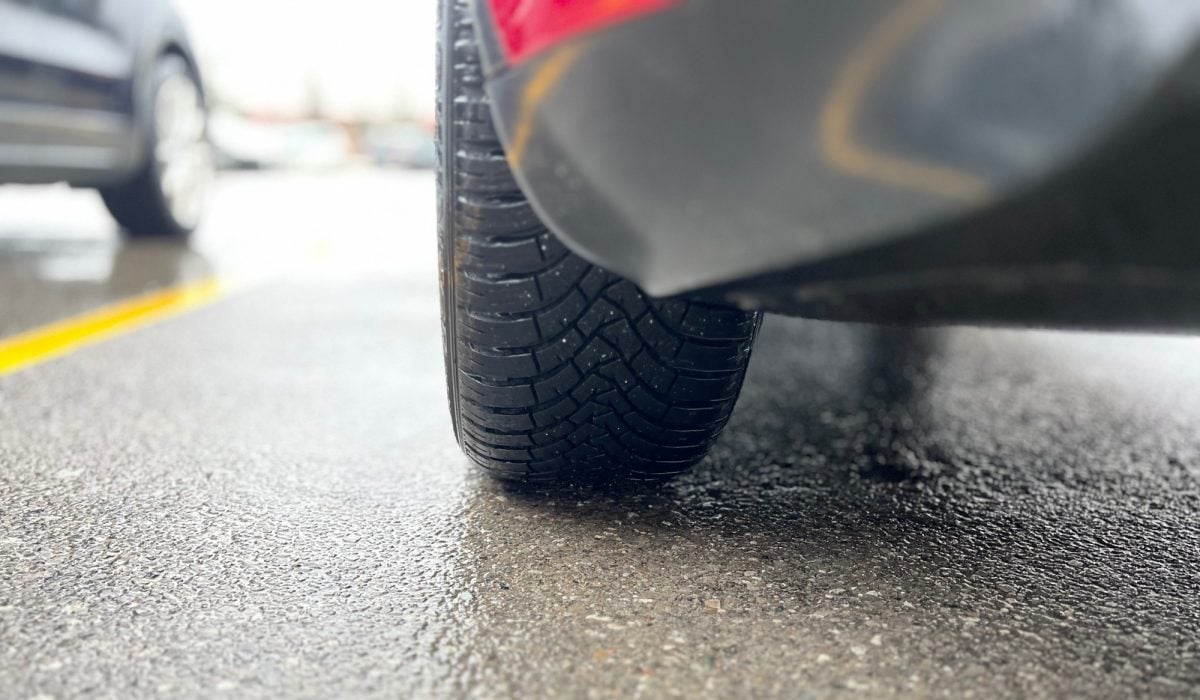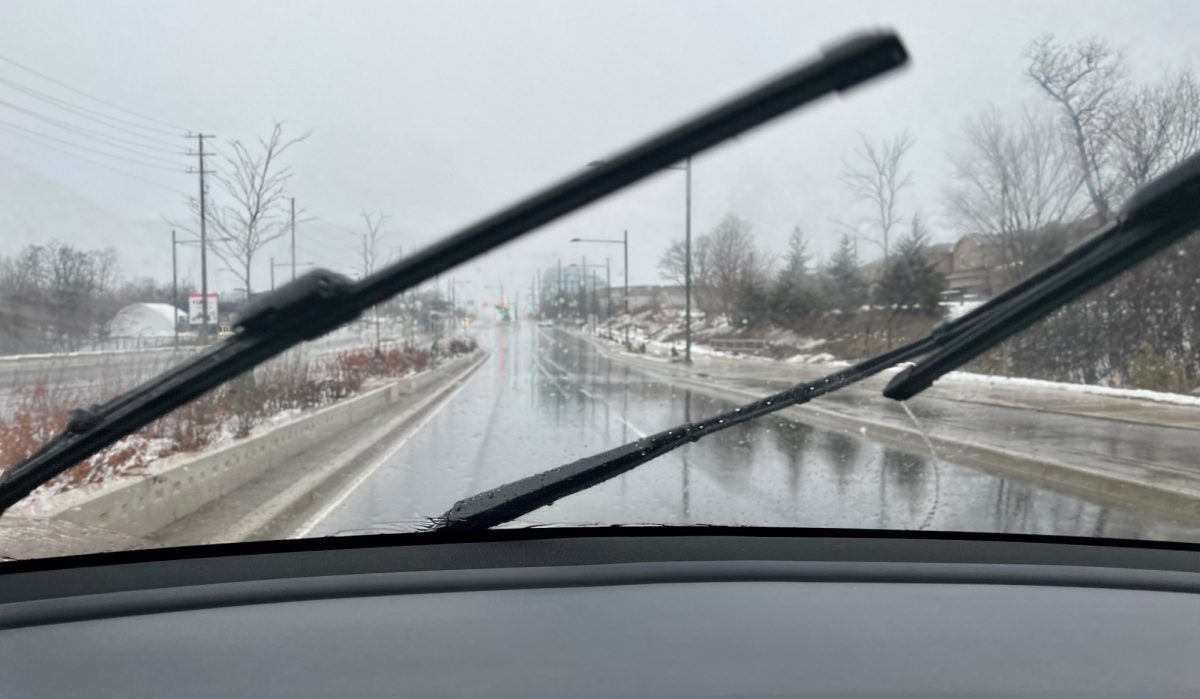Do electric cars consume more energy while travelling in rainy weather? Yes, actually all vehicles will consume more energy in wet weather than on dry roads. But electric car drivers are more likely to notice increased consumption compared to drivers of gasoline-composition cars because EVs are so much more efficient to begin with.
According to fueleconomy.gov, an EV typically converts 80-85% of the grid electric energy into motion, while a gasoline car will only convert 25-36% of the chemical energy from the fuel into motion. The inherent inefficiency of gas powered cars converts majority of the stored energy into waste heat. This inefficiency hides additional any incremental energy consumption from environmental factors. Electric drivetrains are much more efficient, so the majority of the battery energy is used to overcome rolling resistance and aerodynamic drag, while not generating a ton of waste heat.
Why is Energy consumption higher in the rain?
1. Increased Rolling Resistance
The biggest culprit is the increased rolling resistance between the tires and the road. Water has substantial mass. A tire rolling over a wet surface pushes water from the contact area and into the tread pattern. (the gaps between the tread blocks) The more standing water is present, the higher the rolling resistance. The faster you’re driving, the more significant the energy impact. EVs are more sensitive to rolling resistance than gas cars because of the drivetrain efficiency we mentioned earlier. And just like under-inflated tires, water on the road can increase rolling resistance.

2. Increased HVAC Demands
A driver usually needs to run the windshield defogging HVAC cycle when it rains. The HVAC system compresses the air through the air conditioner to clear the fog from the windshield. This may incrementally increase energy consumption compared to a clear day. If it is a cold and rainy day, energy consumption is increased further from running the heat.
3. Colder Ambient Temperatures
Rainy days are generally colder than sunny/clear days, and colder weather affects the EV battery chemistry and performance. The lithium battery chemistry performs best at room temperatures and higher. As temperatures drop, the amount of available energy gradually decreases, and so does the available power output.
Myth: Windshield Wipers
Some people assume that energy consumption goes up in the rain because of windshield wiper usage. In reality, the wiper motors use such a small amount of energy it may as well be negligible compared to the total energy required for moving a car.
What Can You do to get More Range in the Rain?
- Slow down: Energy consumption in Wh/mi increases significantly with speed. It can take as much as 30% more energy to travel at 75 mph compared to 55 mph. If you are finding that a rainy day is cutting into your available range, try driving slower than normal. This also helps with safety.
- Choose less wet lanes: On multi-lane motorways, stick to lanes with less standing water. Because pushing through heavy standing water will slow you down and cause higher energy consumption to maintain speed. (But don’t hang out in the passing lane, without actually passing)
Related:
Tested: Heat Pump in Cold Weather – How much range is lost?
How to Maximize EV Range in Cold Winter Months
Considering buying a Tesla? Use our referral link to get $1,000 off, and help support our content.
